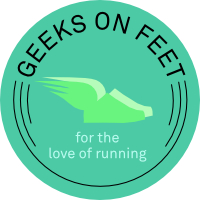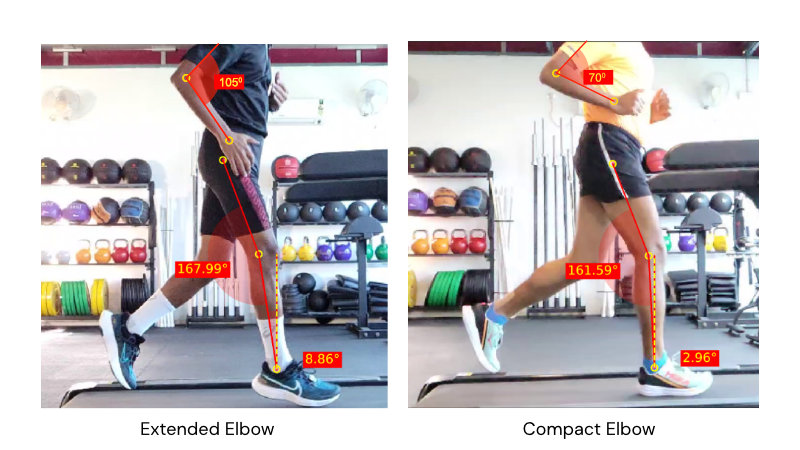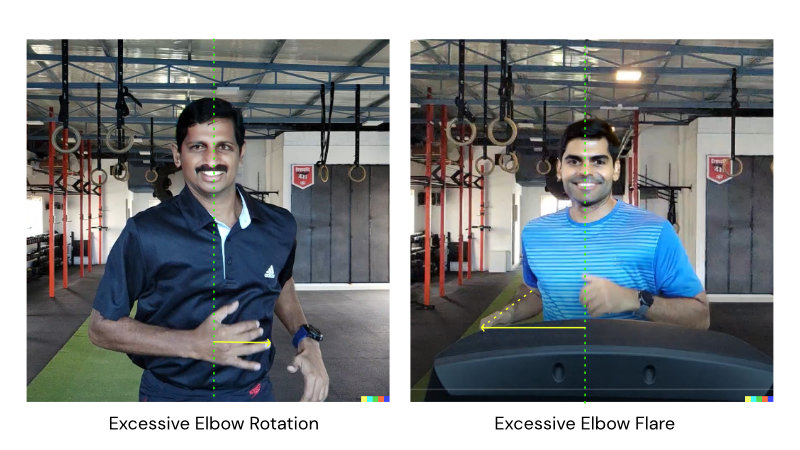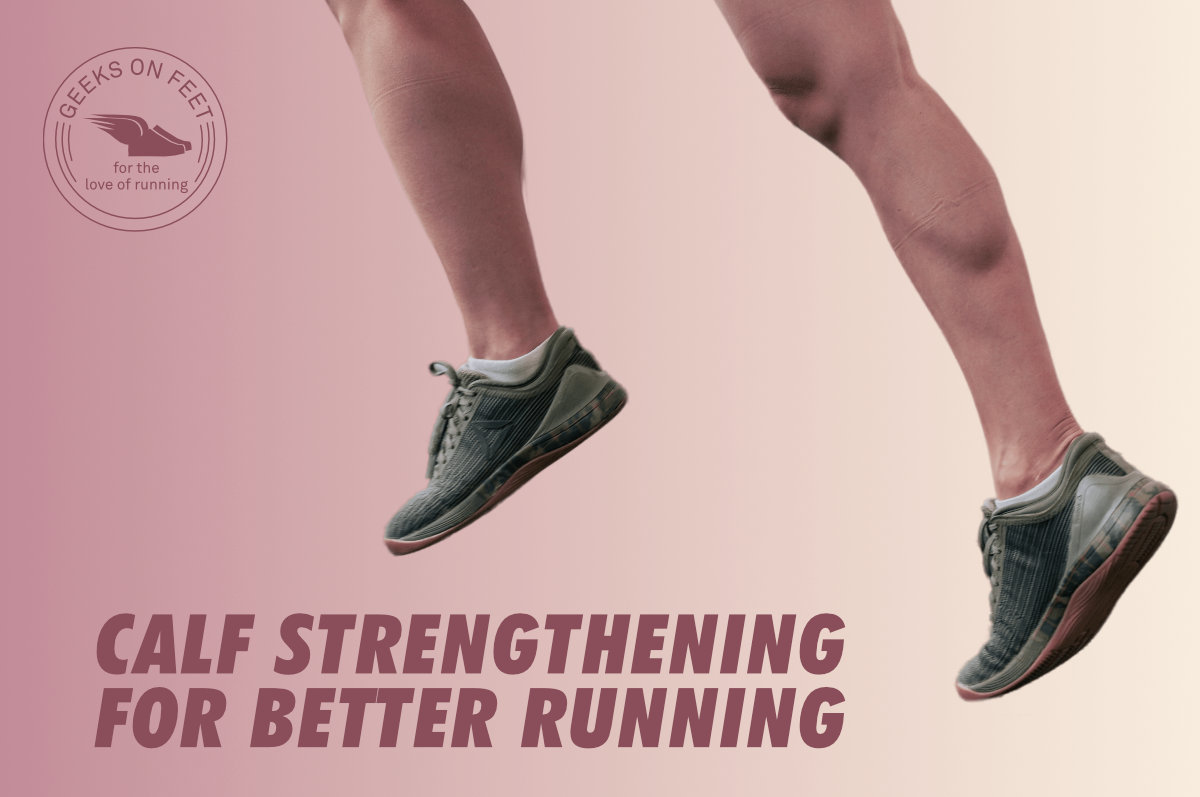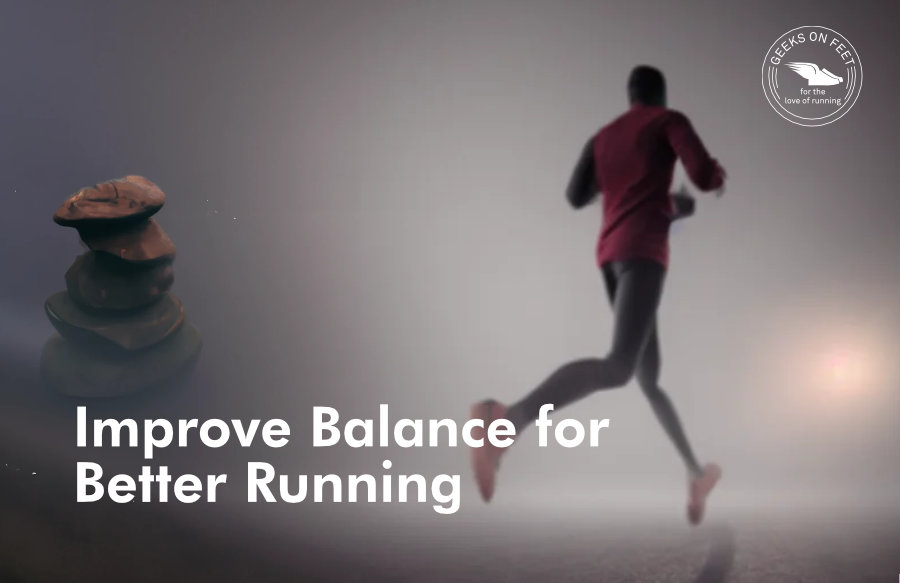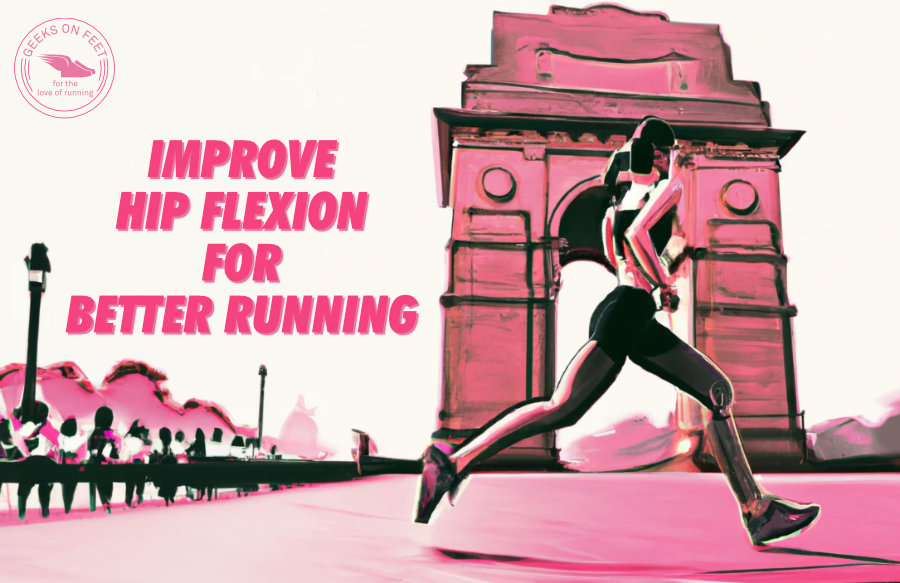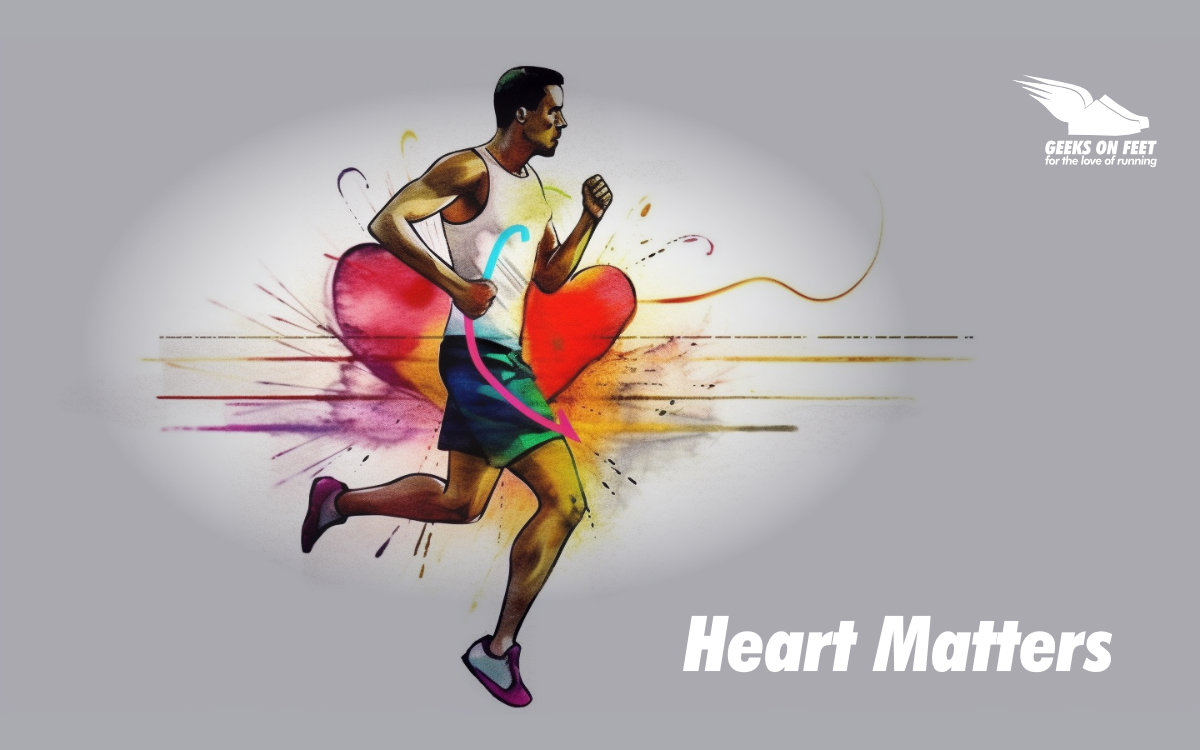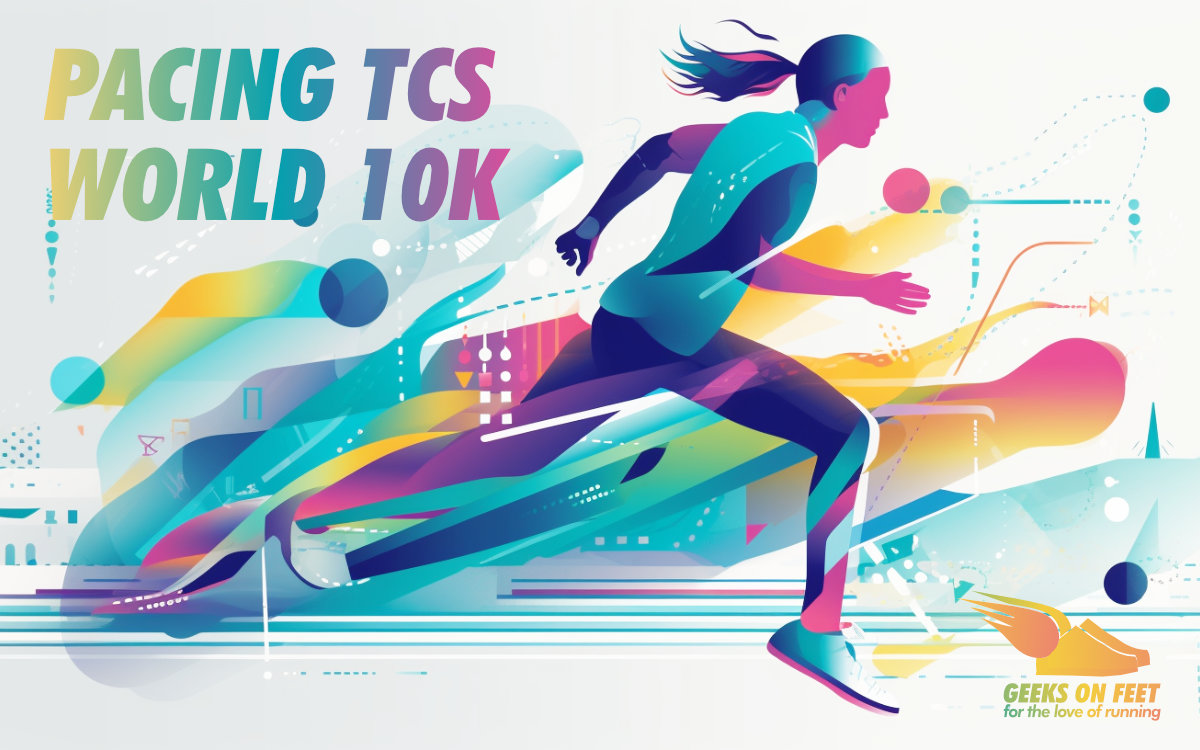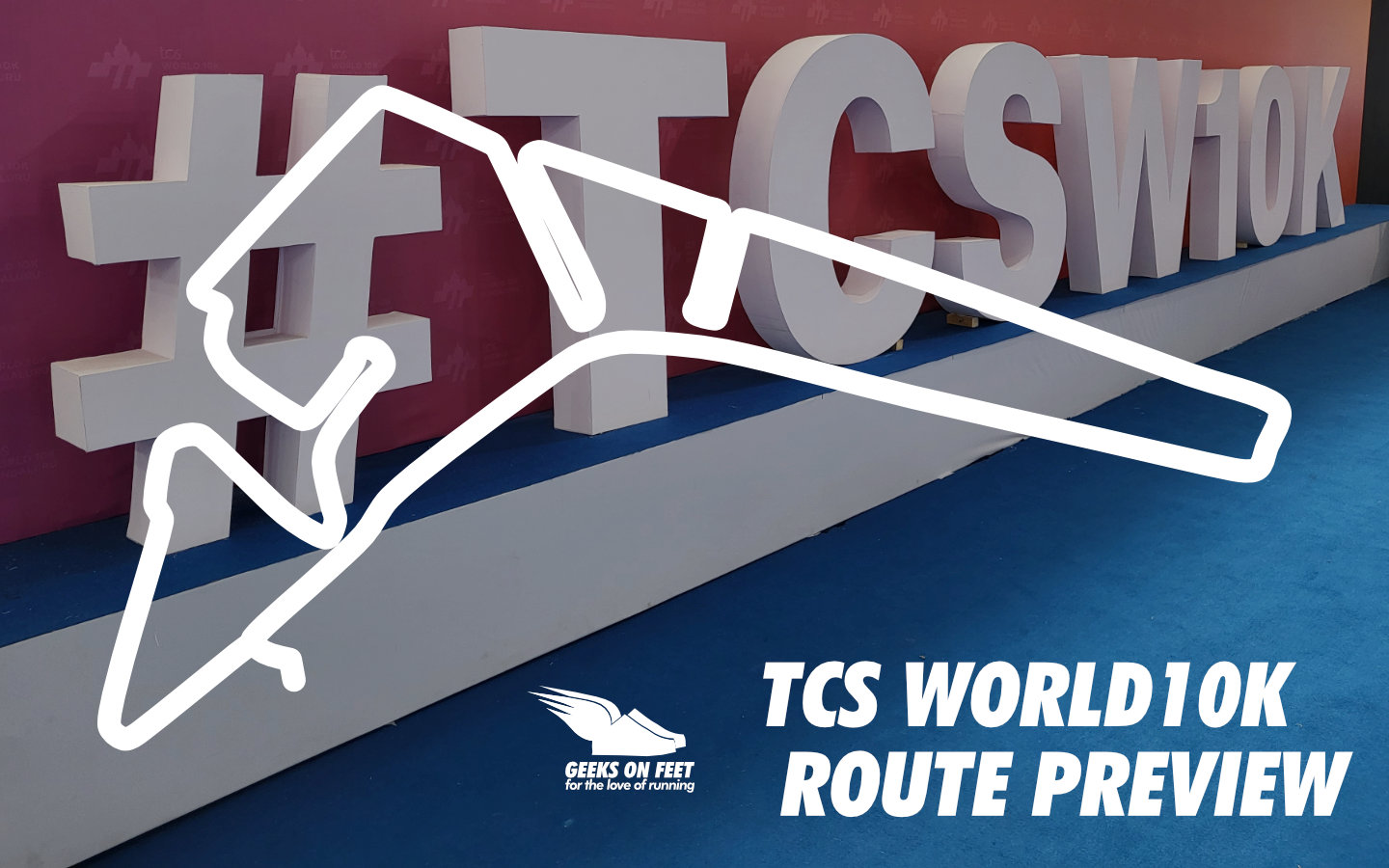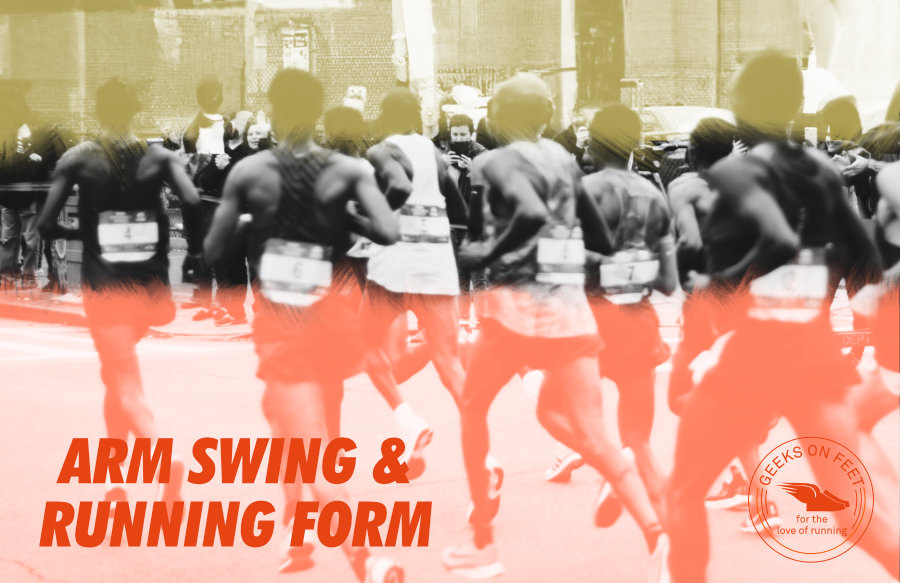
What is the role of the upper body in running?
In our earlier article, we discussed body lean and how it affects running. Arm swing is another important aspect of the upper body.
While walking, we keep our elbows straight and don’t bend our arms. While running, we change that pattern immediately. We bend our arms and move our elbows back and forth in sync with our feet. The faster we run, the faster we move our arms. In fact, GPS running watches, use the arm swing to measure running cadence. Why do we bend our arms while running, but not while walking?
Arm Swing and Running
Let us start by answering why we bend our arms while running. Bending the arm shortens its length, hence reduces the rotational inertia. As we swing our arms more vigorously and rapidly while running, bending the arms makes it more economical.
Elbow Angle
In our studio, we observed runners with different angles of bend at the elbow. We see runners with elbows extended (elbow angle far more than 90 degrees), and we also see runners with compact elbow angles (below 90 degrees). The picture below shows two runners one with an extended elbow (105 degrees), and the other with a compact elbow (70 degrees).
Elbow angles greater than 90 degrees have correlations with various running form issues. On the other hand, runners who have shorter elbow angles, often tend to have a better stride. Here are a few running form issues, correlated with higher elbow angles.
- Runners who tend to overstride
- Runners who have low cadence
- Runners who strike the ground with heels & straight knees
In the picture above you can see that the runner on the left has an extended elbow, and is landing with a straight knee. Incidentally, this runner also has low cadence as measured with foot pod.
Arm Movement
We swing arms front to back to counter the leg movement. We also move & rotate arms side to side to stabilize at midstance. Excessive arm movement is an indicator of underlying running form issues. Here are some observations from our analysis at RunMechanics.
- Excessive Front to Back movement of the elbow, often indicates high knee flexion and/or excessive kickback. Such form is typical of sprinters, and short-distance runners. However, it is not economical for long-distance runners.
- Excessive forward movement of arms (very little backward movement), is an indication of overstriding and erect running (no forward lean).
- Excessive rotational movement of arms, where the elbow in the front crosses the middle of the chest to the other side, indicates excessive shoulder rotation. This is an indicator of restrictions in pelvic rotation, hence compensating with greater shoulder rotation.
- Elbow flaring laterally away from the body indicates excessive pelvic drop and lack of stability at midstance.
- Asymmetry in arm movement, such as one arm moving more than the other, indicates imbalances on one side of the lower body. This could also be caused by shoulder mobility issues.
Here are two runners showing excessive elbow movement. The runner on the left is showing excessive elbow & shoulder roation to compensate for the lack of pelvic rotation. The runner on the right has the elbow flared out excessively, because of stability issues.
Fixing the Form
Changing the elbow angle or move the arms intentionally to fix the arm swing issues, doesn’t have significant effect on the underlying form issues. So the logical conclusion here is that arm swing is affected by lower body form issues such as overstriding, straight knee landing, pelvic drop, etc., and is not the other way around.
The arm swing and elbow angles are excellent indicators of running form issues.
- However, Keeping a compact arm (shorter elbow angle), makes your running more economical. Check our elbow jab drill below, which helps keep a good and compact arm movement.
- Excessive swing of arms (whether front to back or side to side), is an indication of form, mobility, balance, or asymmetry issues elsewhere in the body. So right approach here is to work on the underlying form issues.
Working on the Underlying Form Issues
- Optimal Forward Lean for Better Running
- Perfect your Hip Mechanics
- Improve Pelvic Rotation for Better Running Stride
- How to Prevent Overstriding
Elbow Jab Drill
How to do it?
- Stand in a neutral position facing a wall, about 5 inches away from the wall.
- Keep the elbows at about a 90-degree angle.
- Swing your arms, as you swing the wall will restrict the forward motion of your elbows.
- Jab your elbow back to initiate the swing. Focus on swinging your arms farther backward.
- You can also bring the speed of the elbow movement as an additional variable as a way to work on cadence.
The Elbow Jab drill was originally published as the workout of the week in our newsletter on August 19, 2021. Please subscribe to our newsletter for weekly workouts which will help you run better.
Courtesy: Team Run Mechanics. This article was first published on runmechanics.in
If you are a running enthusiast, follow us on our social media channels @geeksonfeet on Twitter, and GeeksOnFeet on Instagram and Facebook for updates. Also let us know what running topics you would like to read on.
